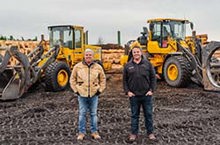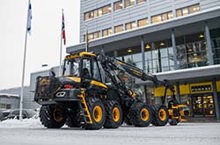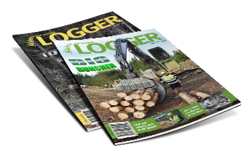
The New Zealand forestry industry has seen a huge shift from manual to mechanised harvesting in the past few years, greatly reducing risks to manual fallers and breakers-out. However, mechanised harvesting creates its own critical risks, particularly if machines and the people who operate them are working on steep and more difficult terrain.
With winch-assisted technology now widely used around New Zealand, the forestry industry identified the need for a NZ Winch-Assisted Harvesting Best Practice Guide.
Companies using winch-assisted harvesting report that, with correct management, it can benefit productivity, the environment, operational flexibility, and forest owner returns. However, like any technology it brings its own set of risks.
An analysis of data from the Incident Reporting and Information System (IRIS)) shows recent winch-assisted incidents are split between three key areas:
• Anchor set up and anchor components: This includes winch components, controllers and site factors, and anchor lead angles incidents.
• Rigging related incidents: This includes ropes, chains, connectors, and unintentional factors like binding and redirects.
• Assisted machine (most commonly a harvesting machine): This covers harvester stability, trees falling onto the machine, other felling issues, cab and operator specific incidents like slips, trips and falls.
Safetree’s John Lowe introduces the guide, published in July 2022, which will set a benchmark for winch-assisted harvesting on steep slopes. It provides information to help forest owners/managers, contractors and workers manage risks in these, and other, areas.
To read more, get your copy of the September 2022 edition of NZ Logger magazine, on sale from 5 September. Check the link on this page to subscribe to either a printed or digital copy(or both).










